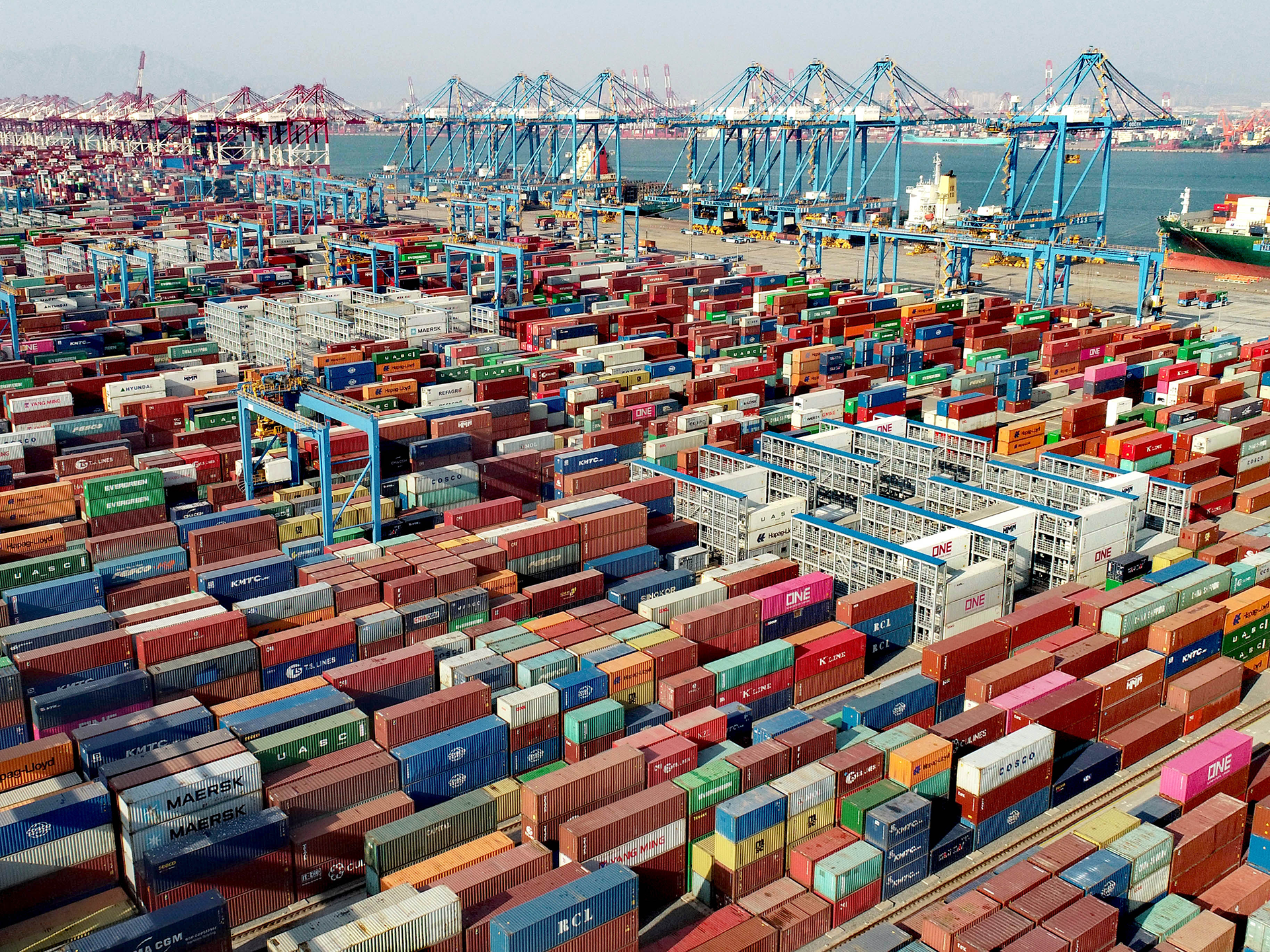An introduction to common port cranes
Ports play a vital role in facilitating the flow of goods across different regions. One of the key aspects of a
port is the efficient and safe loading and unloading of cargo, which requires the use of a variety of lifting
equipment. In this article, we look at some of the most commonly used lifting equipment in ports, including
gantry cranes, straddle carriers, rail-mounted gantry cranes and rubber-tyred gantry cranes.
One of the most well-known pieces of lifting equipment in ports is the gantry crane. It consists of cranes
mounted on a structure that spans the entire width of the quay. The crane can move along the structure on rails,
allowing it to cover larger areas. Known for their high lifting capacity, gantry cranes are often used to load
and unload heavy cargo from ships.
Straddle carriers are special lifting equipment commonly used in container terminals. They are designed to lift
and transport containers, allowing efficient stacking, depalletizing and shipping of containers within the
terminal. Straddle carriers have adjustable legs that straddle rows of containers, allowing them to lift
containers from both sides. This versatility makes them ideal for handling different sizes and types of
containers.
Rail-mounted gantry cranes, also known as RMGs, are designed for handling containers in ports. They are mounted
on rails and can move horizontally along the dock and lift containers vertically. RMGs are commonly used in
automated container terminals and are controlled by computer systems. These cranes are fast, accurate and
efficient in container handling, making them valuable assets in busy port operations.
Rubber-tyred gantry cranes (RTGs) are similar to RMGs in design and purpose. However, unlike RMGs that run on
tracks, RTGs have rubber tires that allow them to move freely on the ground. RTGs are commonly used in container
yards for stacking and transporting containers. They are especially useful at terminals where frequent
repositioning of containers is required. The RTG is flexible and maneuverable for efficient container handling
in the yard.
These lifting devices have their own advantages and usage scenarios. With their high lifting capacity and wide
reach, gantry cranes are ideal for lifting heavy cargo from ships. They are commonly used in bulk terminals or
to handle oversized and heavy project cargo.
Straddle carriers are designed for in-dock container handling. Their ability to straddle container rows and lift
containers from both sides allows for efficient stacking and transport, making them a popular choice for
container terminals.
Both RMG and RTG are used for container handling in automated or semi-automated terminals. The RMG's high
precision and speed make it suitable for high capacity container operations. RTGs, on the other hand, offer
flexibility and versatility, allowing efficient repositioning of containers within the yard.
Efficient and safe cargo handling is critical to the smooth operation of ports. Choosing the right lifting
equipment plays an important role in making this happen. Portal cranes, straddle carriers, rail-mounted gantry
cranes and rubber-tyred gantry cranes are just a few examples of commonly used lifting equipment in ports. Each
type has its own advantages and is designed for specific tasks and operational requirements. Continuous advances
in technology and automation have further increased the efficiency and productivity of these lifting equipment,
allowing ports to handle increasing cargo volumes more efficiently and in a more timely manner.

Post time: Aug-24-2023







